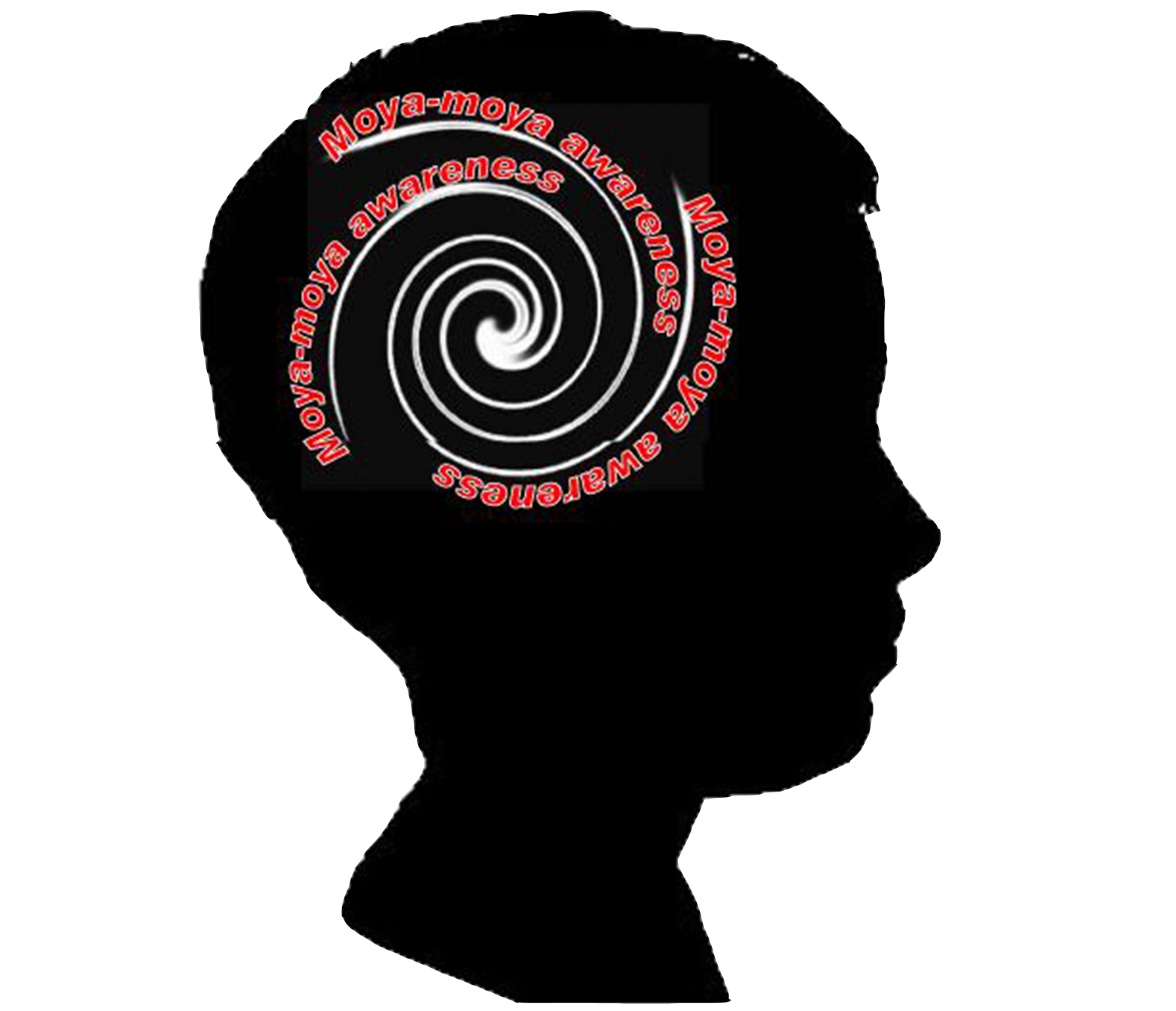Per Dr. Edward Smith, lead research doctor for pediatric Moyamoya at Boston Children’s Hospital (“BCH”):
BCH was ranked, once again, as the top children’s hospital in the country for neurology and neurosurgery. The development of inexpensive, noninvasive screening tests will revolutionize care for children affected by cerebrovascular disaeses, such as Moyamoya. Over the past few years, Dr Smith and his team at BCH have identified proteins in urine that signal the presence of multiple conditions, including Moyamoya. Dr. Smith’s focus has expanded recently to translating his biomarker discoveries into novel therapeutics to treat these conditons.
In addition, Dr. Smith and Dr. Darren Orbach continue groundbreaking Moyamoya research. In year one of their multiyear project, they determined that a special series of x-rays can help physicians assess both who is a good candidate for surgery and how well a patient is likely to respond to the operation. This past year, Dr. Smith, coupled x-ray images with the Moyamoya urninary biomarkers signature and demonstrated that together the tests are even more predictive of one-year surgical outcomes. These initial results will need to be validated in a larger, multicenter study, but already the findings alert clinicians to which patients will need closest monitoring and are more likely to need additional surgery. The combination x-ray/biomarker results also make it possible for clinicians to counsel families on what may lie ahed. Dr. Smith now seeks to convert the biomarker that serves as a diagnostic/prognostic tool into a molecule that can be used therapeutically. He is evaluating the molecule’s effect in animal models. The goal is to predict who might need additional treatments or interventions so that each patient’s care can be uniquely tailored to his or her pattern of disease.
At BCH, clinicians constantly seek ways to improve patient care. But until recently, no matter how sophisticated imagining technology became, some surgical decision had to wait until the child was on the operating room table. Not any more now that three dimentional printing is available. Using an MRI or CT scan, an exact replica of a child’s brain can be printed in less than 24 hours. Dr. Smith uses the 3D model to develop and practice a surgical approach that is specifically tailored to each patient – before entering the operating room. Preliminary results indicate that practicing on 3D brain models prior to surgery reduces time spent in the operating room by more that 10%, is associated with lower rates of complications, and markedly enhances the educational experience for young physicians in training.
Lastly, the only way to dramatically advance treatment of rare conditions like Moyamoya is through multi-institutional collaborations. Dr. Smith and his colleagues are committed to collaborating with academic medical institutions worldwide to further research, and to promote the exchange of knowledge and best practices on an international level.

